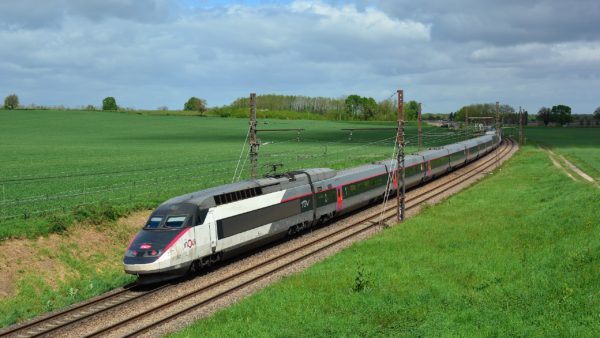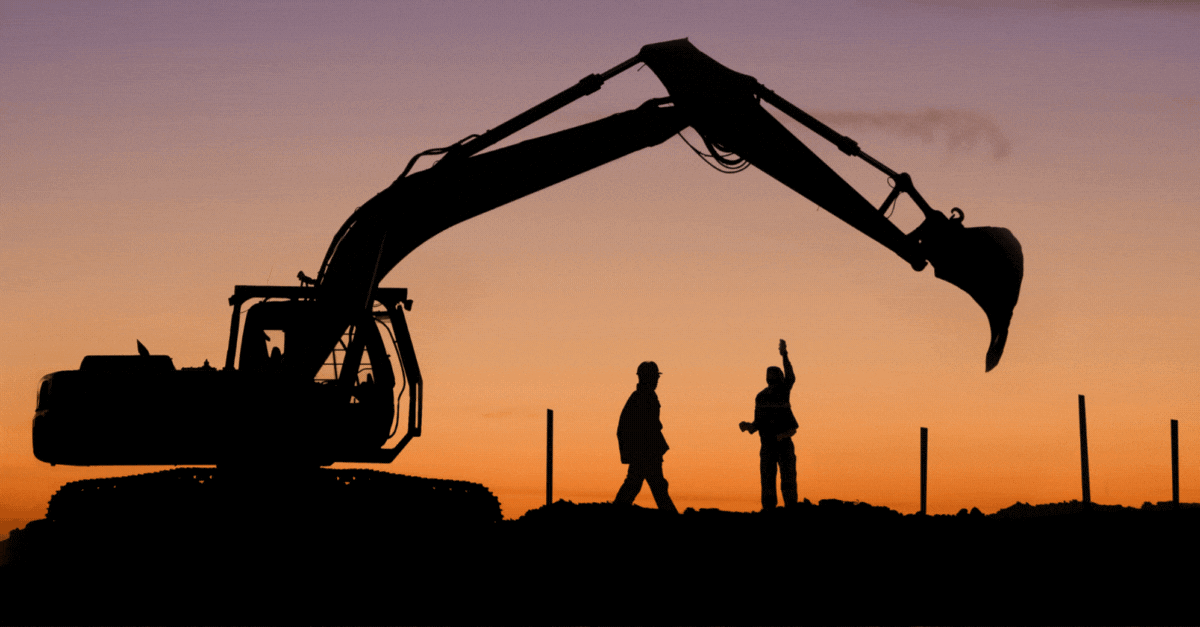China is developing floating nuclear power stations to support its construction activities in the South China Sea, according to an article in the Communist Party’s Global Times magazine.
The article said the plants could sail to wherever they were needed and "significantly boost the efficiency of the country’s construction work".
Liu Zhengguo, a director of the China Shipbuilding Industry Corporation (CSIC), the country’s largest shipbuilder, told the magazine that it was "pushing forward with the work".
He declined to confirm reports that China was planning to build as many as 20 of the plants. He said: "The development of nuclear power platforms is a burgeoning trend. The exact number of plants that we will build depends on the market demand. Judging by various factors, the demand is pretty strong."
Liu added that the units would be based on well-established technology, and would be mainly for civilian purposes, such as providing electricity for oil platforms.
The figure of 20 units was based on a report published on Wednesday, 20 April, on a Shanghai shipbuilding industry website.
This reported that CSIC subsidiary Bohai Shipbuilding Heavy Industry Company would be responsible for building "about 20 such platforms in the future".
It added that the National Development and Reform Commission, the body that approves large-scale public investment projects, had approved that plan, and that discussions were under way on where to carry out the work.
The China General Nuclear Power Corporation has been developing a small modular nuclear reactor for maritime use, called the ACPR50S. This is aimed at offshore oil and gas production, and a prototype is expected to be launched next year.
Xu Dazhe, head of China’s atomic safety commission, told reporters in January the floating platforms were in the planning stage and must undergo "strict and scientific demonstrations".
Chinese naval expert Li Jie told the Global Times the platforms could power lighthouses, defense facilities, airports and harbours in the South China Sea.
China claims almost the entire South China Sea, believed to have huge deposits of oil and gas, and is building islands on reefs to bolster its claims. Brunei, Malaysia, the Philippines, Taiwan and Vietnam also have claims to parts of the waters.
The US and Japan have been a vocal critic of China’s South China Seas policy, in particular its construction of artificial islands to bolster its legal case, as well as for use as airbases.
A hostile article in Japan’s Nikkei Asian review yesterday, 21 April, noted that "the US plans to start joint patrols in the waters with Japan, Australia and the Philippines. Bilateral cooperation is also deepening to curb China’s military ambitions".
Meanwhile, the idea of floating modular reactors is also being persued by Russia for use in oil and gas projects in the Arctic ocean. This time last year Deputy Prime Minister Dmitry Rogozin said the country would have its first floating reactor in action by October 2016.
Comments
Comments are closed.











It is great to see China putting forward the effort needed to establish these platforms. Think of how important mobile platforms are when dealing with disasters such as earthquakes and tidal waves. The country of Haiti is an example that would greatly benefit from the relief efforts of countries that have floating nuclear energy plants in their arsenal of relief. Countries such as the USA, Russia, Argentina, and others with nuclear capability should become partners in this project.
Great initiatives are always exciting to venture into and make them become to realities. The idea of constructing and placement of floating nuclear power plants begs many basic homework and far reaching “what ifs” to consider and design into the entire equation before leaping off the “diving board” and moving forward.
Land-based Nuc Plants have had their share of design flaws that were not assessed or factored into the long haul operation to prevent one of many basic concerns entitled “Containment”! A wise mentor once said at times when oyu think going to 25,000 feet and looking down and assessing the whole concept, sometimes is Not Enough as the look from 50,000 ft may give one the proper perspective to ensure All the “what if’s” are truly satisfied. If one country leaps out into the ocean that effects many other countries, then a more global evaluation and assessment of essential and basic requirement to ensure All ramifications are addressed and designed/factored into the plan. There is much to be gained from the going after the “Lessons Learned” from other countries failures and mishaps which have occurred from operator errors, leaks, releases to mention a few……Only to ensure that the best technology, the best controls factors, the best prevention measures and practices are “built into” the design mix so there are no potential Flaws to occur. Its not just China which would be effected but many countries as a result of both aerial and water borne plumes of contamination. Russia, USA, Japan have many of these lessons to be learned to be shared w/ the Chinese design task force (if they request/coordinate?) to help ensure All potential Risks have been addressed and mitigations factored in to ensure global security of such a venture. Interesting idea but there’s a magnitude of factors to 1st be considered before the plunge. Lets just hope and pray that the design of such an initiative is not done in the blind w/o good cross walk/cross talk with other key countries to keep this “initiative” smart, insightful and globally sound to prevent the launch of floating disasters which are missing good preventive measures we already knew about!
The idea of this becoming reality is enough to fill me with dread